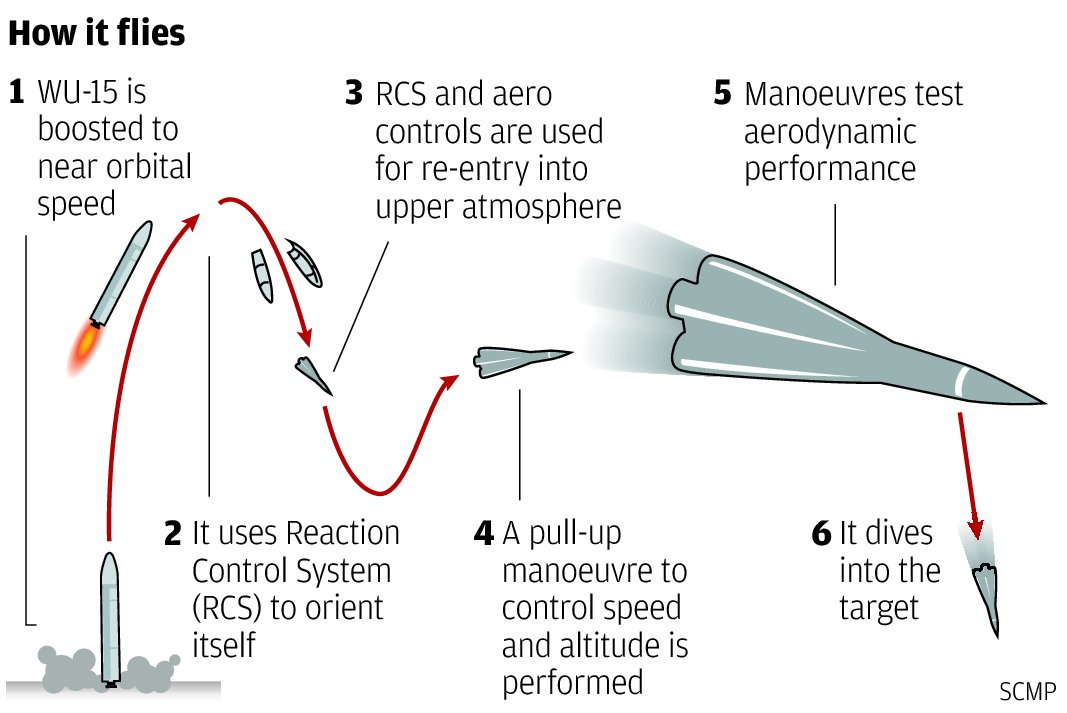As reported by GizMag: One of the problems for the smart buildings of tomorrow is that they may depend on some very un-smart wires to power them. To cut the cord, Eindhoven University of Technology (TU/e) researcher Hao Gao, as part of his PhD thesis, has developed a tiny transmitting temperature sensor that is powered by radio waves, eliminating the need for wires or batteries. Instead, it picks up radio waves from a special router, converts them into electricity, and uses it to transmit readings.
Like many other forecasters, TU/e sees a future where smart buildings are filled with sensors and other devices that gather information and carry out tasks to automate the business of living while making it more sustainable. But as sensors become smaller and are incorporated into more things around the house, the problem of powering them without stringing tiny wires everywhere or spending half the time swapping out batteries remains.
 Part of the PREMISS project, Gao's sensor is very much in the lightweight category at 2 sq mm and weighing in at 1.6 mg. Its operating principle is similar to that of the Thing, which is infamous in espionage circles as the Soviet bug that listened in at the US embassy in Moscow for about six years.
Part of the PREMISS project, Gao's sensor is very much in the lightweight category at 2 sq mm and weighing in at 1.6 mg. Its operating principle is similar to that of the Thing, which is infamous in espionage circles as the Soviet bug that listened in at the US embassy in Moscow for about six years.
 Based on 65-nm CMOS technology, the new thermometer system uses a special router that targets the sensor, but unlike the Thing the reason is to save power rather than escape detection. At the same time, the sensor itself is designed to use very little electricity. When the sensor is exposed to radio waves, it absorbs the energy until it stores enough to transmit a signal back to the router. The temperature of the sensor alters the frequency of the signal, which the router can decode.
Based on 65-nm CMOS technology, the new thermometer system uses a special router that targets the sensor, but unlike the Thing the reason is to save power rather than escape detection. At the same time, the sensor itself is designed to use very little electricity. When the sensor is exposed to radio waves, it absorbs the energy until it stores enough to transmit a signal back to the router. The temperature of the sensor alters the frequency of the signal, which the router can decode.
Like many other forecasters, TU/e sees a future where smart buildings are filled with sensors and other devices that gather information and carry out tasks to automate the business of living while making it more sustainable. But as sensors become smaller and are incorporated into more things around the house, the problem of powering them without stringing tiny wires everywhere or spending half the time swapping out batteries remains.
In 1946, a carved replica of the Great Seal of the United States was presented by the Soviets to the embassy as a goodwill gift that seemed the picture of innocence. What that Americans didn't know is that under the woodwork was the Thing, which was a listening device with a monopole antenna. Instead of running off batteries or mains current, the Thing was energized by a radio beam directed at it by the KGB and transmitted back when they wanted to eavesdrop on the ambassador. This meant that it could operate indefinitely and was only discovered in 1952 by accident when a British radio operator tuned in on its transmissions.
Various research teams have also been examining the potential of scavenging ambient radio waves to power all manner of devices, such as biomedical implants and smartphones.
According to TU/e, the tiny size and independent nature of the sensor means that it can be placed in all sorts of unorthodox locations, such as in plaster or concrete. It can even be mixed in with latex and applied directly to walls like paint.
The current version of the sensor has an operating range of only 2.5 cm (1 in), but it's hoped that this will be extended to a meter (3 ft) in a year and ultimately to 5 m (16 ft). With a mass production cost projected at about 20 cents, TU/e sees a wide range of applications for the wireless sensors, including payment systems, wireless ID, smart buildings, and industrial applications.
Gao's PhD thesis can be found here.













